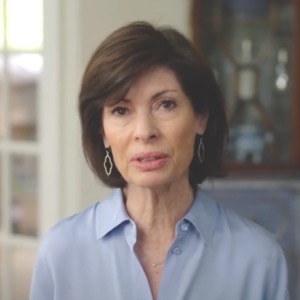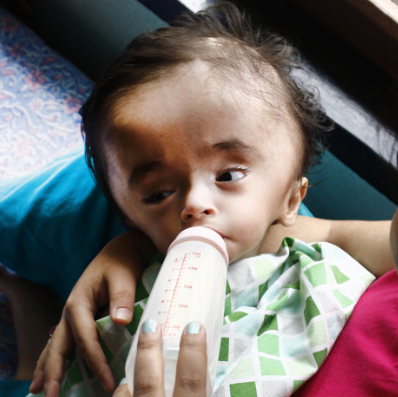Stewart Dolin had the perfect life. He was married to his high school sweetheart for 36 years. He was the father of two grown, highly functioning, employed children with whom he had a very close and meaningful relationship. He was a senior partner of a large international law firm, managing hundreds of corporate lawyers. He reached that level because he enjoyed his work and derived satisfaction from cultivating relationships with his clients and helping them achieve the results they desired. He enjoyed travel, skiing, dining, joking around with his family and friends and an occasional great cigar. He was high on life! He and his wife had planned a trip to South America for the fall of 2010 and were taking their children to Costa Rica later that winter. He was 57 years old.
In the summer of that year, Stewart developed some anxiety regarding work. He was prescribed Paxil (paroxetine), a selective serotonin reuptake inhibitor (“SSRI”). Stewart’s prescription was filled with a generic version of Paxil manufactured by Mylan. Neither Paxil nor the generic version which Stewart was prescribed listed suicidal behavior as a potential side effect for men of Stewart’s age. Within days, Stewart’s anxiety got worse. He felt restless, had trouble sleeping, even asked his wife to listen to a meditation tape with him the night before he died (hardly typical behavior). He kept saying, “I still feel so anxious.” He developed extreme and dangerous thoughts. On July 15, 2010, just six days after beginning the medication, following a regular lunch with a business associate, Stewart left his office and walked to a nearby train platform of a train he never took. A registered nurse who was also on the platform later reported seeing Stewart pacing back and forth and looking very agitated. As a train approached, Stewart took his own life. This happy, funny, loving, wealthy, dedicated husband and father left no note and to this date no logical reason has been discovered that explains why someone who had previously enjoyed and appreciated his life as Stewart had would suddenly end it.
We did not know it then, but Stewart was suffering from akathisia. Akathisia is a disorder, induced by SSRI medications, which can cause a person to experience such intense inner restlessness that the sufferer is driven to violence and/or suicide. It has been said, “Death can be a welcome result.” For reasons related to the strong political and lobbying power of pharmaceutical companies, akathisia is rarely explained as a possible side effect of SSRIs and medical professionals and the general public know very little of the existence of this disorder. In fact, they want you to believe that akathisia is simply “restless leg syndrome.” As a result, sufferers of akathisia, as well as the medical professionals with whom they consult, are not able to recognize the symptoms of akathisia and therefore take the steps necessary to stop it. This lack of knowledge can and has tragically resulted in akathisia sufferers taking their own lives, leaving behind devastated loved ones. To date there are no organizations focused on akathisia awareness and therefore no website or materials regarding the disorder that can be accessed by sufferers or medical professionals.
MISSD (The Medication-Induced Suicide education foundation in memory of Stewart Dolin) is a unique non-profit organization dedicated to honoring the memory of Stewart and other victims of akathisia by raising awareness and educating the public about the dangers of akathisia. MISSD aims to ensure that people suffering from symptoms of akathisia are accurately diagnosed so that needless deaths are prevented. A website, the creation of educational materials and support of educational conferences, will help to raise awareness and knowledge of akathisia. If this could happen to Stewart, no one is safe. MISSD will make a difference!







